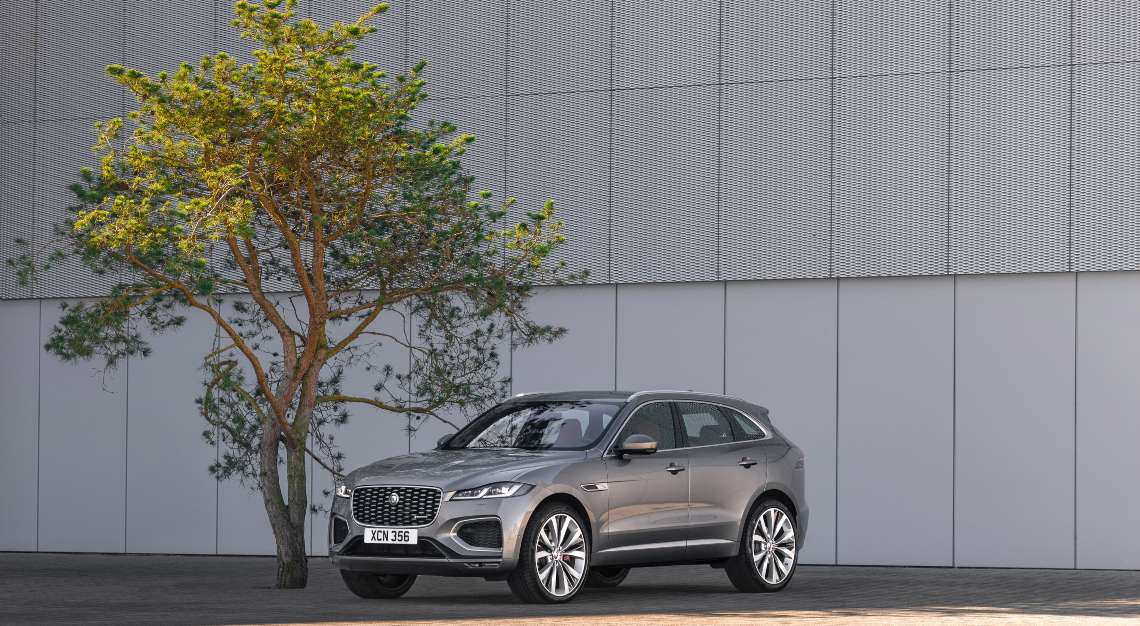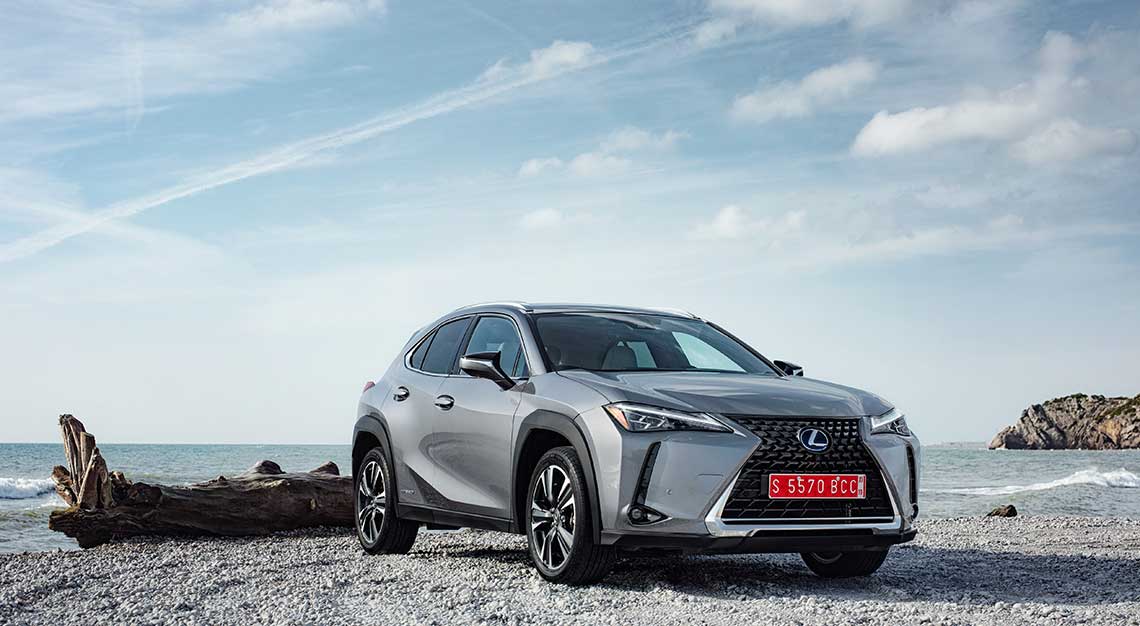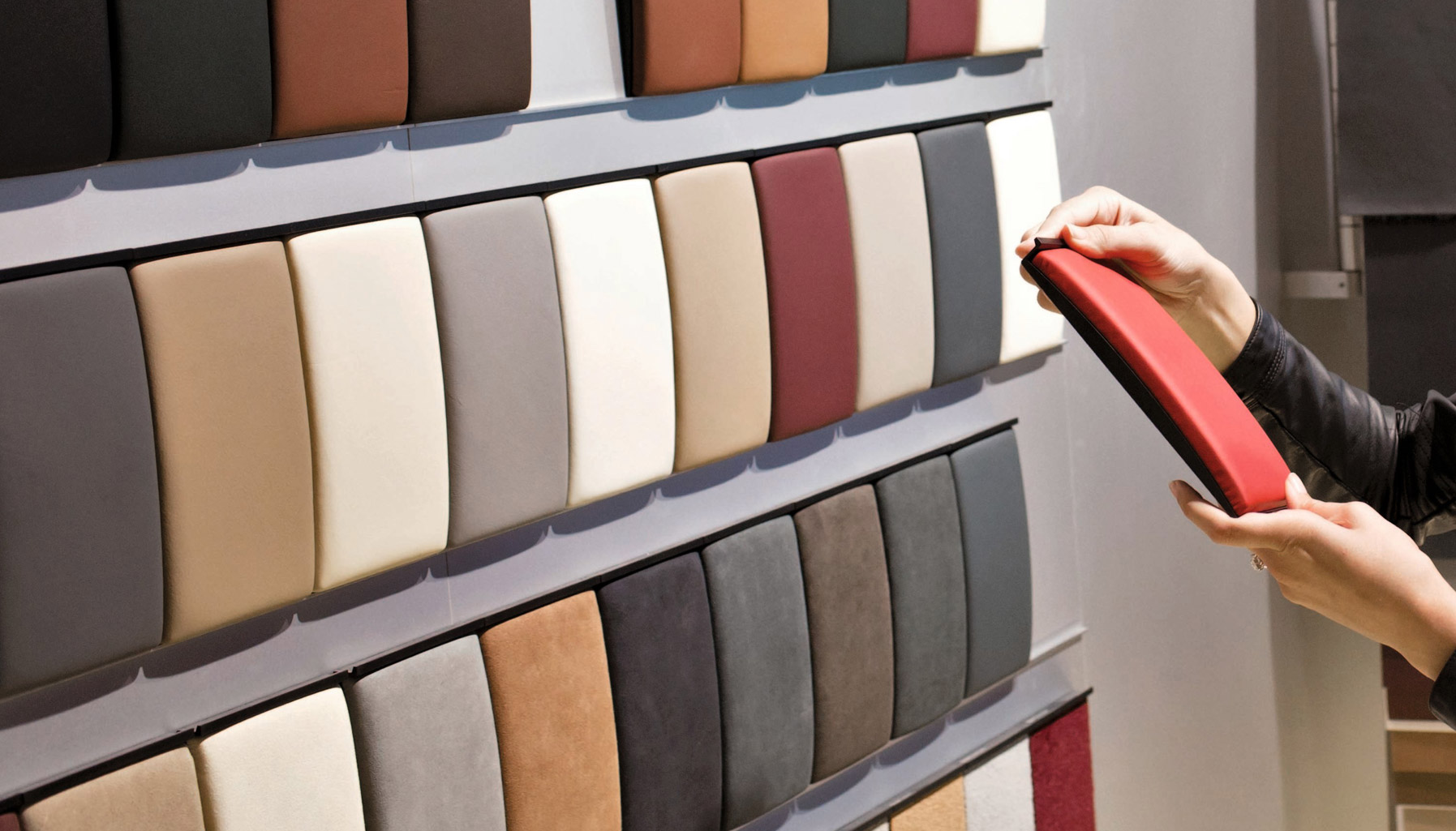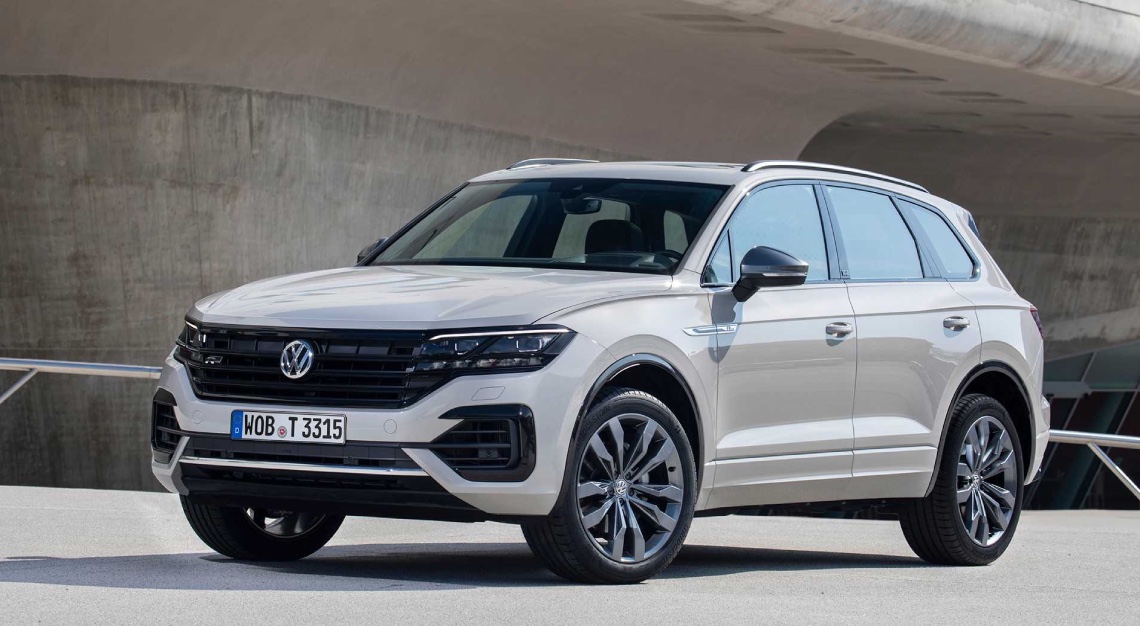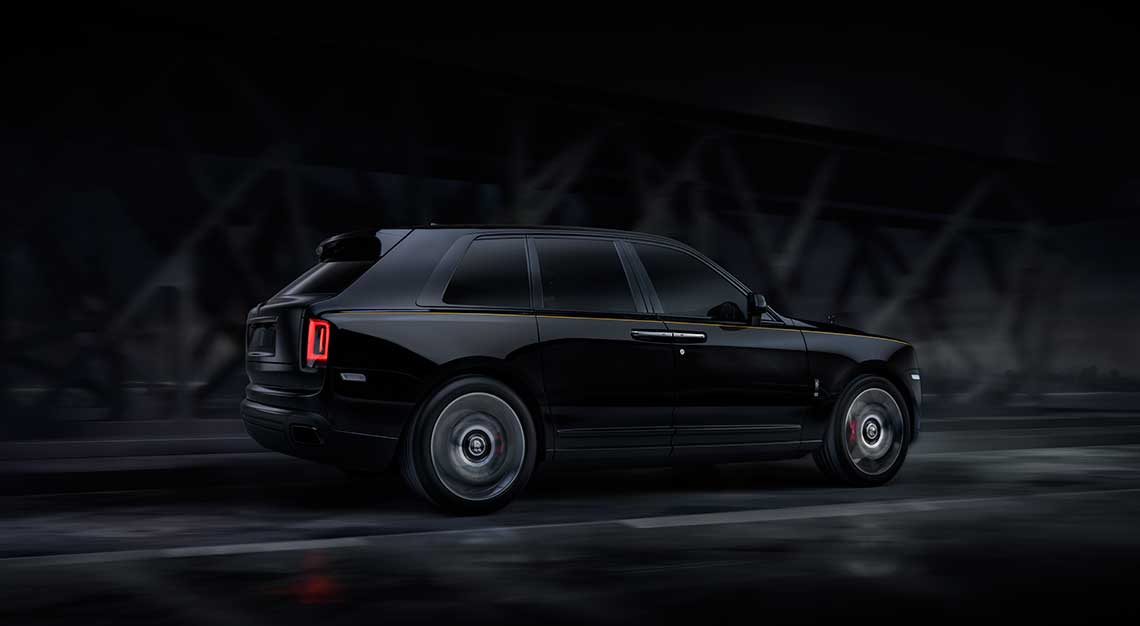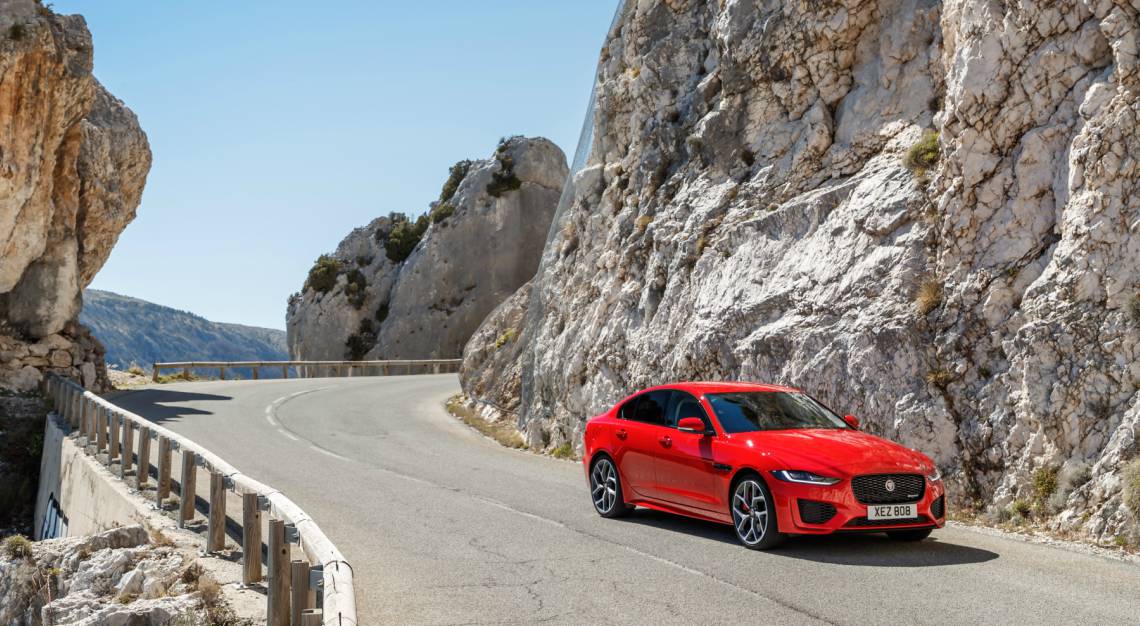Key highlights on the facelifted Jaguar F-Pace include a massive central infotainment screen and a thoroughly reworked, upmarket cabin
Quite a bit has changed in the half-decade since Jaguar launched the F-Pace, its first SUV here. In that time, it’s added a compact counterpart to it in the form of the E-Pace, and there’s been the all-electric I-Pace crossover.
Now, the one that started it all has received some much-needed updates, bringing the progenitor in line with the rest of the lineup. The bad news is the new F-Pace is still largely the same car, with identical mechanical underpinnings, though the good news is the exterior and interior updates are extensive, to say the least.
Changes to the exterior include a larger grille, slimmer light clusters front and rear, plus a bonnet that now extends further forward over the topmost edge of the grille and headlights. The differences might seem subtle, but put the new F-Pace and its predecessor side-by-side and the changes are rather marked. The net effect is to give the F-Pace looks cleaner, more sculptural and most importantly, less reedy.
While its platform remains unchanged, there is the presence of a new plug-in hybrid variant that promises up to 53km of electric-only range, a combined output of 404hp and a century sprint time of 5.3 seconds. A particularly frugal (2.2L/100km) halfway house between the standard combustion models and the storming 550hp beast that is the F-Pace SVR.
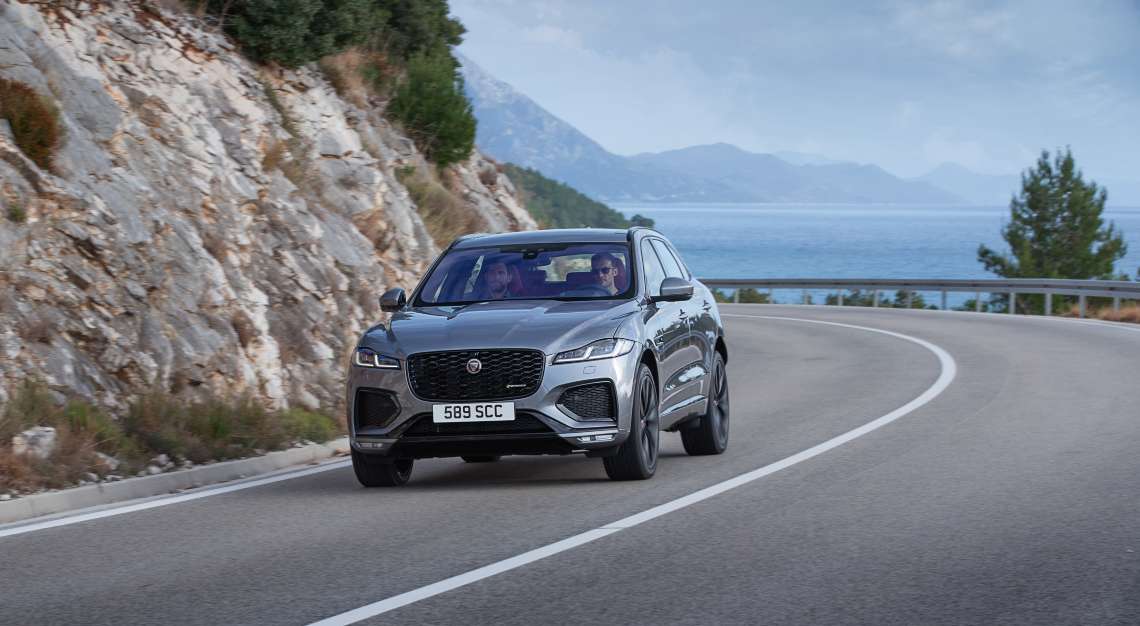
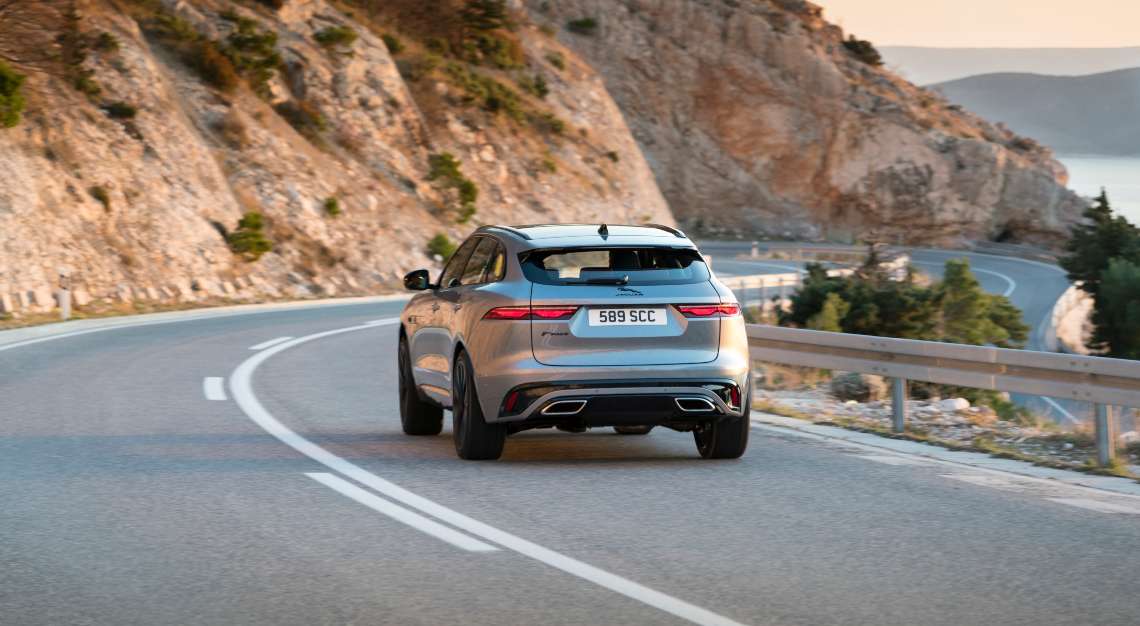

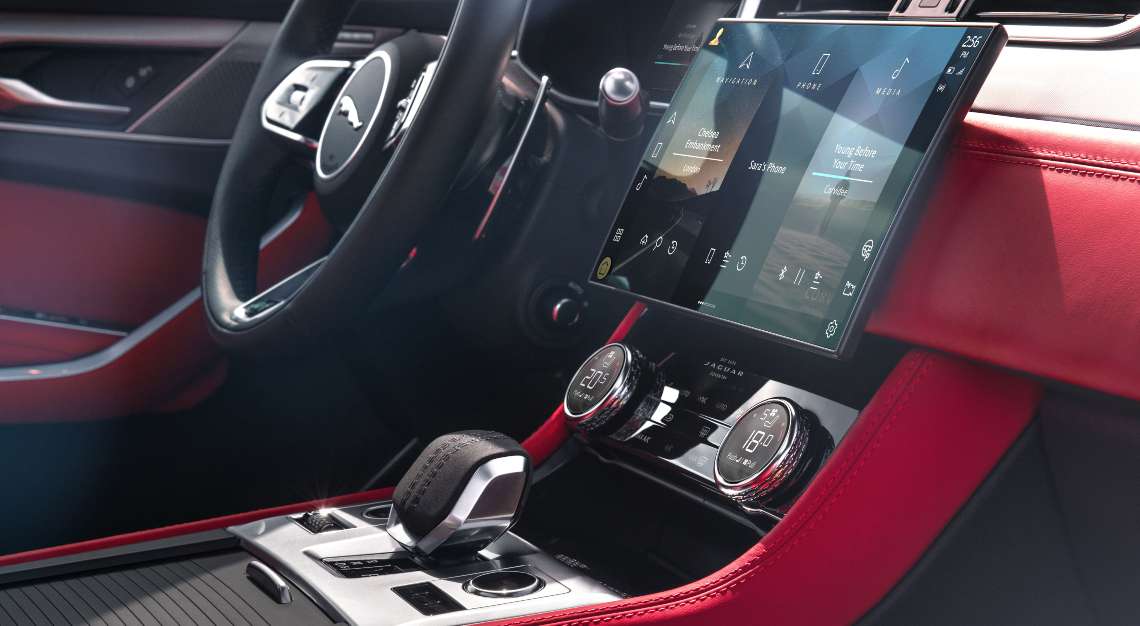
For better or worse, the plug-in hybrid and SVR variants of the F-Pace are only available here on a per-order basis, with dealer Wearnes Automotive only stocking the two-litre turbocharged base model, with the three-litre V6 being removed entirely from the lineup. The new four-cylinder engine is still fairly brisk, however, with a 250hp output and zero to 100 km/hr time of 6.6 seconds.
The most significant, most visually apparent and welcome changes to the F-Pace come in its interior. The centre console, along with all other visual and tactile surfaces have been reprofiled to give what Jaguar says is a bolder, yet more spacious feel. The somewhat fiddly rotary gearlever of old has been replaced with a more intuitive stubby item (with ‘cricket ball’ stitching on the top) with a more conventional shift pattern.
The interior’s party piece though has to be the new 11.4-inch infotainment display (up from a 10-inch unit before) with its curved screen and high-definition graphics taking pride of place in the centre stack. Also featuring a new user interface, the screen is effectively a tablet computer, with its anti-reflective and fingerprint-resistant screen offering much of the same characteristics. Complementing that is a 12.3-inch digital instrument cluster, again with upgraded high-definition graphics.
But what is of most interest is the F-Pace’s price. At S$252,999, it’s priced keenly against key rivals in the form of the Audi Q5, BMW X3 and Mercedes-Benz GLC. The Jaguar is a hair larger than some of its German competitors, and while they might have the brand cachet, the F-Pace arguably offers the more involving drive, with the standard R-Dynamic bodykit providing the visual backup to said handling.
At any rate, the F-Pace’s updates couldn’t have come a moment sooner, and if nothing else, will provide an interesting British alternative to the usual German suspects.
